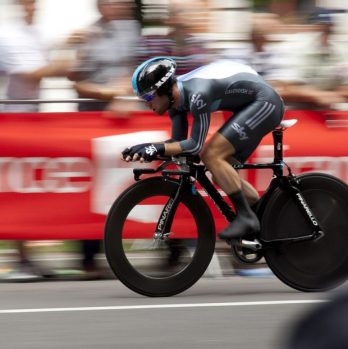Tour de France Standings: A Comprehensive Guide for Cycling Enthusiasts

Introduction
The Tour de France is one of the most prestigious and eagerly anticipated cycling events in the world. It showcases the endurance, skill, and determination of athletes who push their physical limits to the extreme. As a sports and leisure enthusiast, understanding the Tour de France standings is vital to fully appreciate the excitement and drama of this iconic race. In this article, we will delve into the significance of the standings, explore their historical evolution, and provide a detailed breakdown of the key elements that make up the standings.
Historical Evolution of Tour de France Standings

Since its inception in 1903, the Tour de France has undergone various changes and adaptations to its standings. Initially, the race was primarily a stage-based competition, with the fastest overall time determining the winner. However, the need to maintain spectator interest and add more excitement to the race led to the introduction of different classifications and standings.
One of the most significant additions was the introduction of the General Classification (GC) standings in 1913. The GC standings take into account the cumulative times of all stages and determine the overall winner of the race. This classification is considered the most prestigious and the yellow jersey, worn by the leader, symbolizes the race leader’s supremacy.
Over the years, the Tour de France has introduced additional classifications to recognize different aspects of the race. These include the Points Classification, the King of the Mountains Classification, and the Young Rider Classification. The Points Classification awards the green jersey to the rider who accumulates the most points in sprint stages, while the King of the Mountains Classification highlights the best climber with a polka dot jersey. The Young Rider Classification, introduced in 1975, rewards the best-placed cyclist under the age of 26 and is designated by the white jersey.
Understanding the Tour de France Standings
To comprehend the Tour de France standings fully, it is essential to dive into each classification and its corresponding significance.
1. General Classification (GC)
The General Classification is the most prestigious classification in the Tour de France. It determines the overall winner and is calculated by aggregating the total elapsed time of each rider in the race. The rider with the lowest combined time wears the yellow jersey. The GC standings are a testament to the rider’s consistency and efficiency throughout the entire race.
2. Points Classification
The Points Classification focuses on sprinters and is determined by the number of points awarded for finishing high in designated sprints during each stage. The rider with the highest number of accumulated points wears the green jersey. This classification rewards not only speed and strength but also tactical positioning within the peloton during sprint stages.
3. King of the Mountains Classification
The King of the Mountains Classification celebrates the most proficient climber. Points are awarded based on the difficulty and category of each mountain climb within the race. The rider with the highest number of points wears the polka dot jersey. This classification emphasizes the determination, stamina, and tactical prowess required to conquer challenging mountain stages.
4. Young Rider Classification
The Young Rider Classification highlights the promising talents of young cyclists under the age of 26. It is determined similar to the General Classification, with the cumulative time of all stages used to calculate the standings. The best-placed young rider wears the white jersey, symbolizing their potential and future prospects in the sport.
Featured Snippet: Key Bullet Points
– Tour de France Standings, an important element in understanding the race dynamics.
– Historical evolution of Tour de France Standings, from overall fastest time to the introduction of different classifications.
– General Classification (GC), the most prestigious classification determining the overall winner.
– Points Classification, emphasizing the skills of sprinters and their performance in designated sprints.
– King of the Mountains Classification, celebrating the best climber of challenging mountain stages.
– Young Rider Classification, recognizing the talent and potential of young cyclists.
– Each classification has its own unique jersey, representing the leader of the respective category.
Conclusion
The Tour de France Standings form the backbone of this iconic race, reflecting the incredible physical and mental strength required to compete at the highest level of professional cycling. Understanding the significance of the various classifications adds depth and excitement to the viewing experience for sports and leisure enthusiasts. As you immerse yourself in the thrilling battles for yellow, green, polka dot, and white jerseys, you’ll gain a profound appreciation for the rich heritage and evolving nature of the Tour de France. So grab your jersey, cheer on your favorite riders, and embark on a journey of exhilaration and camaraderie as the Tour de France unfolds its captivating drama.











